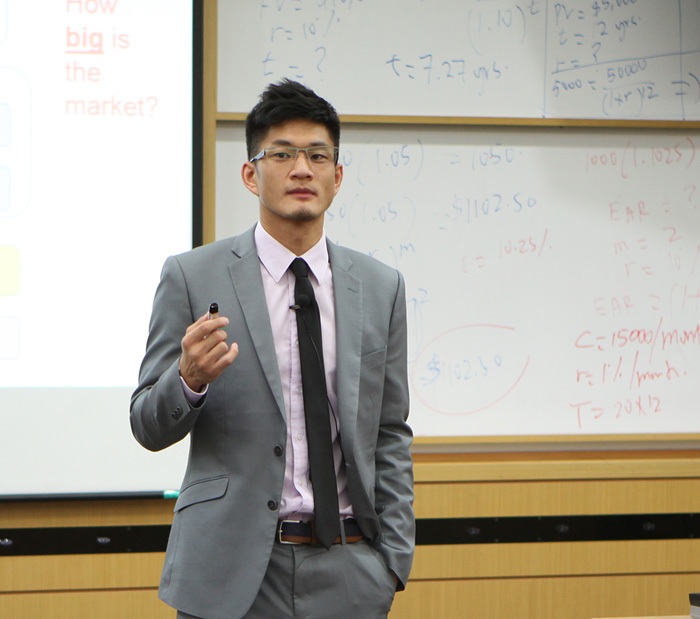Research Stories
A Multimediation Model of Learning by Exporting: Analysis of Export-Induced Productivity Gains
Professor Caleb H. TSE, along with his co-authors, argue that previous studies only sought to uncover whether the learning-by-exporting effect exists or not, and have overlooked the exact mechanisms that may cause the learning-by-exporting effect.
Prof.
TSE, CALEB
Learning-by-exporting describes the phenomenon that firms can learn as a result of engaging in exporting to other countries, and this learning helps the exporting firms to become more productive. The phenomenon has been studied in different contexts by international business, economics, and strategic management scholars. Some scholars have found empirical evidence in support of it, while others have not. As global markets continue to rise in competitiveness, a more complete understanding of learning-by-exporting will provide useful knowledge to researchers, firm managers, and policy makers.
In a recently published article, Professor Caleb H. TSE, along with his co-authors, argue that previous studies only sought to uncover whether the learning-by-exporting effect exists or not, and have overlooked the exact mechanisms that may cause the learning-by-exporting effect. The team created a theoretical model that examines the mediating mechanisms of the learning-by-exporting effect, and theorized that by exporting, firms acquire knowledge, learn and become more productive through the specific mechanisms of innovativeness, production capability improvements, as well as improvements in human capital.
Using data from 250,000 Chinese firms over a 7-year period (2001-2007), the team found strong empirical evidence not only for the learning-by-exporting effect, but also for these mediating mechanisms. They also uncovered various boundary conditions to the learning-by-exporting effect. Non-state-owned enterprises and firms in industries with a moderate level of export intensity, as well as firms in industries with a medium to high level of new product development intensity, are able to effectuate more learning through these mechanisms than their counterparts.
The study sheds light on the specific knowledge benefits that firms can gain from exporting which lead to increases in productivity. It also points out how policy makers can promote environments that encourage firms and industries to capitalize on this learning-by-exporting effect.

